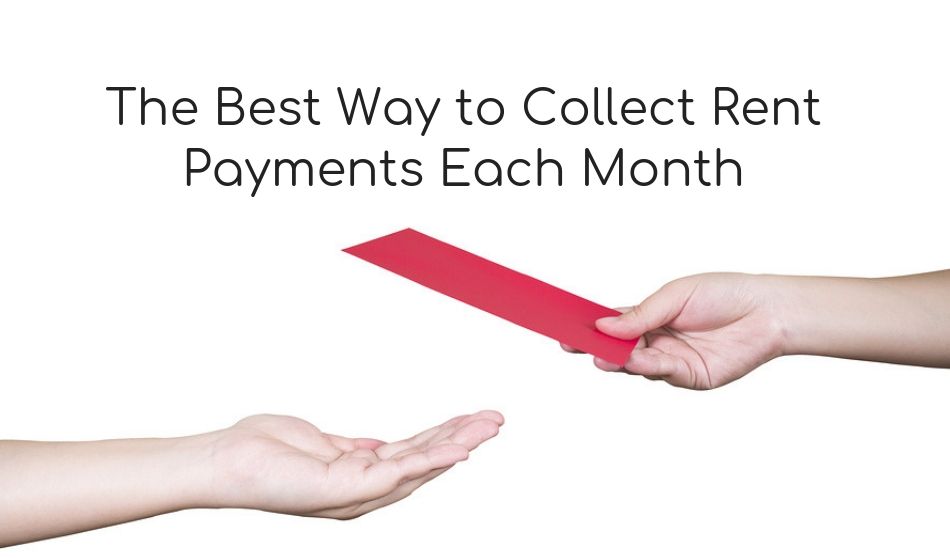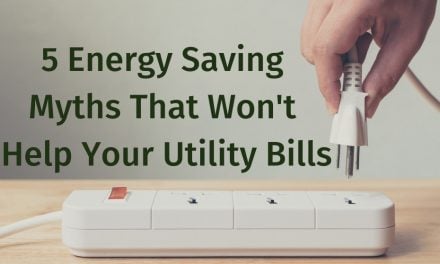
Collecting rent from your tenants is one of the most important aspects of managing rental properties. Property managers and landlords rely on rental income to pay mortgage payments, property taxes, utilities, administration and employee fees, and other property related expenses. Getting paid on time is equally important as getting paid the full rental amount each month.
Property managers and landlords have several options when it comes to creating a rent collection policy that works for them and their tenants. A good rent collection policy is one that ensures you get paid on time and in the full amount each month. This video explores the best way to collect rent each month, including the pros and cons of each method.
The Best Way to Collect Rent Payments Each Month – Video Transcript
Want to get paid on time so you can pay your bills on time?
Well that’s the whole point of creating a rent collection policy for your tenants. And it’s more than just telling your tenants how much is due and what day it’s due, but more importantly, it’s telling your renters how to pay rent each month.
In this video we are going to talk about the most common rent collection methods and how advances in rental management technology have given rise to my favorite and most recommended way to collect rent each month.
You’re a busy person, I get it. That’s one of the reasons you’re successful at this rental management game right?
But that’s also one of the reasons that it is so important to have a good rent collection method in place for you and your tenants.
Now what makes a good rent collection policy? Well, it’s one where you get paid on time, one that is convenient for you, and one that is convenient for your tenants.
Convenience for you, on the rental management side of rent collection, means minimizing the amount of time you’re waiting for those funds to come in each month, giving yourself the knowledge to know that those funds are going to become available in your account that month, and minimizing the amount of time you will spend manually entering that data into your accounting software or rental management software.
Convenience for your renters means making it easy for them pay rent each month. That means minimizing the amount of time they have to spend physically going to a location, minimizing the effort they have to spend getting the fund available, whether that means hand-writing a check, going to the bank, or doing something online so they can pay rent each month.
So I can think of about 5 ways that a landlord or property manager can collect rent each month. Some are great, some are not so great, and some are AWESOME.
But before I get into it, before we discuss these awesome, not so great, kinda great ways to collect rent each month, I want to hear from you, right here in the comments, tell me how you collect rent each month.
Collecting Rent by Check
(2:00) – This is one of the most common ways that renters pay rent each month to their landlord or property manager. It’s pretty easy, a renter just writes a check, sends it in the mail, drops it off in a drop box, or hands it to you in person. And then you, take that check, bring it to your bank, and viola, rent is paid and ready for you in your bank account.
So what’s not so great about paying rent by check each month? Well, you have to rely on the mail to deliver that check you each month, and it happens, mail does get lost, so you have to believe your tenants when they tell you that they mailed the check and it got lost in the mail.
The other biggest inconvenience on the management side is that you have to go physically go to the bank to deposit these checks. Now, if you have tons of checks coming in from multiple renters, that is a lot of overhead to wait for all of them to come in, if even one is late that can mean you delay posting all of those to your bank.
The other thing that is pretty inconvenient about checks is that you have to spend a lot of time doing manual entry into your accounting software or rental management software and that translation from reading the amount on the check and inputting that amount into your software, there is always that chance of human error. It just takes one decimal place off, one number that’s wrong or been switched around in your mind and your whole books can be off and it can take a lot of time to track down what that missed entry was.
So one of the negatives about check payments for rent is that you have to deal with insufficient funds. It’s pretty easy for a renter to just write a check if they don’t have funds available in their bank account. And then it’s up to you to deal with it once you deposit that check and the funds aren’t there. That means bounced check fees on your end and dealing with the fact that you still haven’t gotten your rent money from that tenant and you have to contact them and figure out what is going on.
Now is writing a check convenient for your tenants? I think so as a manager, but it depends on each tenant. If you require that a check be dropped off at a drop box and tenant has to race over every month, that can be kind of inconvenient. Or if a tenant is out of town on the day rent is due, they have to think ahead to make sure that a check is sent prior to them traveling and is post-dated to the correct date.
So all these things are important to think about; whether it is convenient for you as a manager or landlord, and whether it’s convenient for your tenants.
Paying Rent by Cash
(4:13) –So cash payments are actually pretty common in the rental industry. It works if a property manager or landlord have set up that agreement with their tenants. Some managers also choose to do it with a tenant if they have a history of writing bad checks that have insufficient funds with them. When you get cash you know, especially if you count it right there, that they have paid the full rental amount and the money is right there that you can put in your bank account.
Now I always think about the other side of that is getting all of that cash directly from your tenants that you then have to walk around with and take it to the bank to deposit in your account. Sure it can be nice to have that money, but if you’re working with even more than one tenant, suddenly that thousand dollar from one tenant adds up to be a couple of, or even, tens of thousands of dollars that you have to physically take and bring to the bank. And that just sounds like a risk that I am not willing to take but it does work for some managers and tenants.
Now there are other risks involved with cash payments that maybe aren’t so common but I just have to share this story.
So when I was renting, about 5 years ago, I had an amazing landlord and he let us drop off either cash or check in the drop box. And then one day, we got a letter from him saying, “please, please, please, do not send anymore cash payments,” because his dog had actually eaten the previous month’s cash payments and had ended up eating over a few thousand dollars in cash rent payments. And that was totally the managers fault, he couldn’t do anything about it, except eat that loss.
Other Rent Collection Methods
(5:37) – So besides cash and check, there are some other okay rent collection methods, they are not my preferred method, but they do seem to work for some property managers and landlords and tenant agreements.
This can include direct bank deposits, in which you actually give your bank account information to a tenant and then they go to your bank each month and deposit money into your account.
It can also be a money order, which can work great for some people if they don’t have a bank account and they want to pay with cash but you don’t collect cash payments.
Also there is a new technology where you can do cash payments at convenience stores, which is actually like a little kiosk that they have at grocery stores or 7Elevens. A renter can go up to the kiosk and use their debit card or credit card and make a payment to your account and then you get that payment directly into your account.
Additionally, you can do bank transfers through services like PayPal or Venmo.
Now every landlord or property who uses one of those methods, it probably and hopefully works really well for them. Now, it’s not something I recommend because there are other risks associated with those but it can work.
Online Rent Payments
(6:41) – So my favorite, most recommended, thank goodness this is finally available to us, way to collect rent each month, is online rent payments.
Now online rent payments is an awesome, awesome technology that is relatively new to the industry. It’s basically the tenant’s bank account is connected to your bank account and they send electronic funds directly into your bank account. That’s one of the reasons why I love this method is because it’s an instantaneous connections where the funds are made readily available essentially the day your receive them.
So I love online rent payments for a couple reasons. It’s because most property management softwares are integrated with online rent payment technology. Which means… no manual entry for your accounting data each month with those rent payments.
Did you hear me? No manual entry!
So that’s less human error, less time you have to spend inputting rent payments into your accounting software or your rental management software.
Another benefit with online rent payments, is that your renters can set up automatic payments. Now, I’m going to post a link to a study, in which it was proven in the rental industry, that tenants who had access to online payments and set up automatic payments were less likely to incur late fees. That means that property managers got paid on time, spent less time waiting for rent payments to come in, and spent less time sending out late rent notifications to their tenants, and renters paid less late fees.
So as with any rent collection method there are going to be negatives to online rent payments. For one, your renter has to have a bank account or credit card in order to make these online funds go through to your bank account.
Final Thoughts
So remember, every rent collection method has its perks and its downfalls. But what is most important is that you find a method that works for you, fits with your management style, is convenient for you, and is convenient for your tenants. Because the more convenience that your give your tenants, the happier they will be, the more likely they are going to renew leases with you, and the more likely they are to refer you to their friends, so you can keep occupancy rates high and you can keep collecting rent on time each month, so you can pay your bills on time each month.
If you want to learn more for property managers, landlords, investors, and renters, go to Rentecdirect.com/blog.
Related Reading For You:
Data Shows Online Rent Payments Prevent Late Fees and Save Renters Money – White Paper





